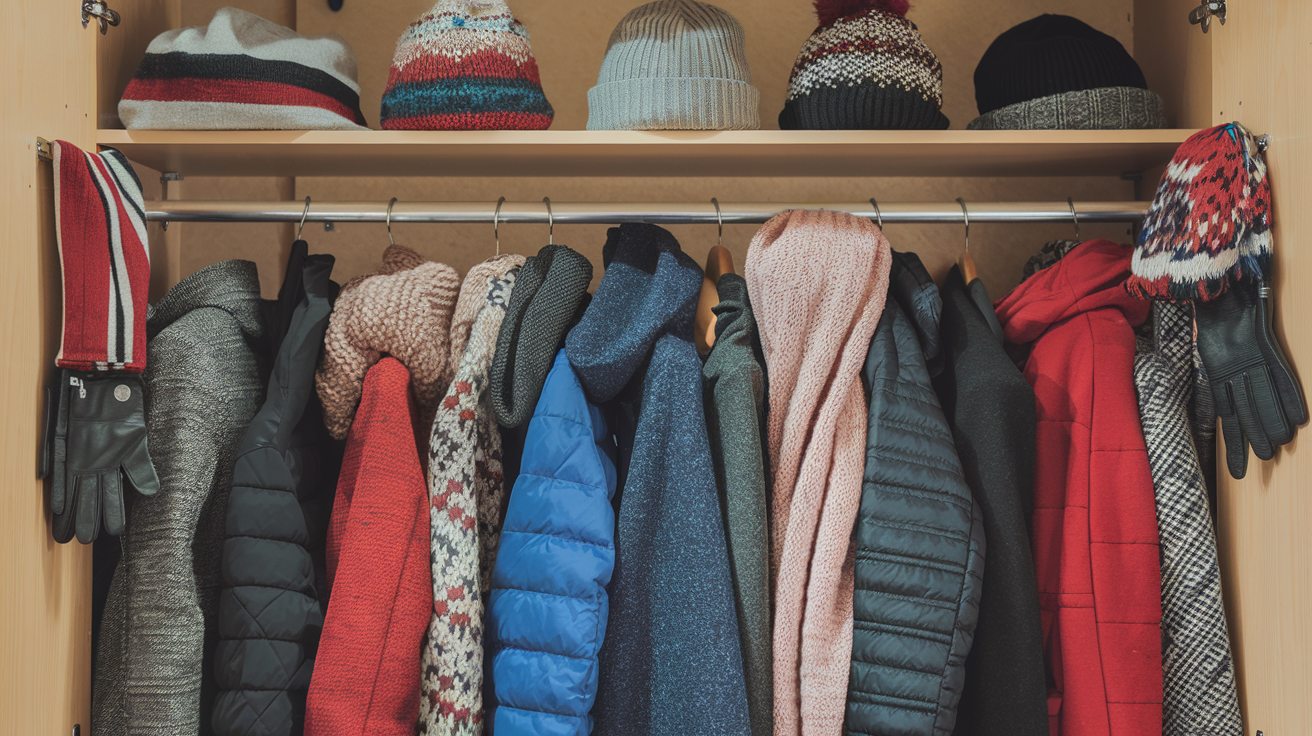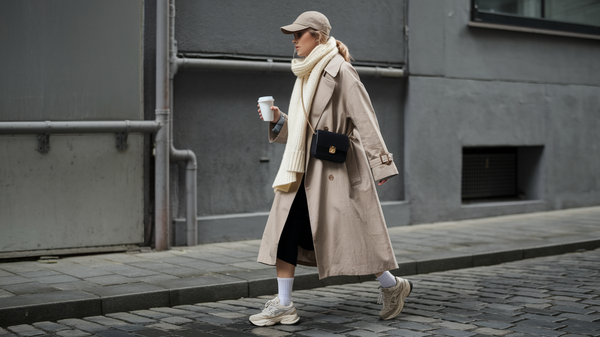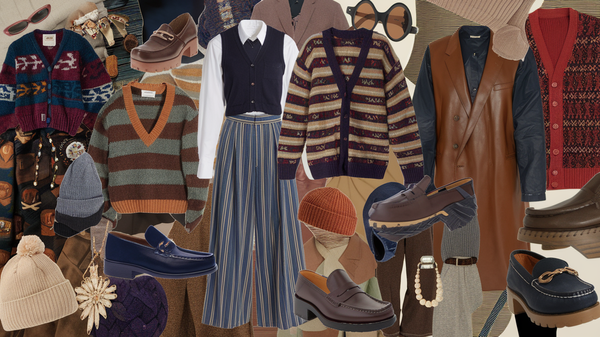How to seamlessly swap your Seasonal wardrobes

As the seasons shift, so too must our wardrobes. Swapping out clothes can seem like a daunting task, but with a few simple steps, you can make the process smooth and easy. This guide will help you assess, clean, and organise your wardrobe, ensuring that you are ready for the changing weather while keeping your style fresh and versatile.
Key Takeaways
- Sort your clothes into keep, clean, repair, and donate piles for easy organisation.
- Always clean your summer clothes thoroughly before storing them to prevent damage.
- Use transitional pieces that can be layered for changing temperatures.
- Create a well-organised closet with easy access to seasonal items.
- Invest in versatile pieces that can be mixed and matched for different outfits.
Assessing and Sorting Your Wardrobe
Identifying Versatile Pieces
Start by looking through your clothes and identifying versatile pieces that can be worn in different ways. These items are essential as they can be mixed and matched with various outfits. Here are some examples:
- Basic t-shirts
- Denim jackets
- Neutral-coloured trousers
Creating Piles: Keep, Clean, Repair, Donate
Next, sort your clothes into different piles:
- Keep: Items you wear regularly.
- Clean: Clothes that need washing.
- Repair: Items that need fixing.
- Donate: Clothes you no longer wear.
This method helps you to declutter and make space for new items.
Evaluating Seasonal Needs
Finally, think about your seasonal needs. Consider what you will need for the upcoming season. Make a list of essentials, such as:
- Warm layers for winter
- Lightweight pieces for summer
- Accessories that can transition between seasons
Remember, planning ahead is key. As the seasons change, plan your wardrobe swap ahead of time to ensure a smooth transition.
Cleaning and Storing Summer Clothes

Thorough Cleaning Tips
Before you store your summer clothes, it’s essential to cleanse them properly. Here are some tips to ensure your items are ready for storage:
- Wash your clothes according to their care instructions.
- Ensure they are completely dry before putting them away to prevent mildew and mould growth.
- Don’t forget to clean shoes and accessories as well.
Proper Storage Techniques
Storing your clothes correctly is vital to keep them in good condition. Here’s how:
- Fold clothes neatly and consider using vacuum bags for space-saving.
- Hang delicate items in garment bags, away from direct sunlight.
- Use moisture absorbers to prevent dampness in your wardrobe.
Preventing Damage and Mould
To keep your summer wardrobe safe:
- Store items in a cool, dry place.
- Regularly check for any signs of damage or mould.
- Use cedar blocks or lavender sachets to deter pests.
Keeping your summer clothes clean and stored properly will ensure they are fresh and ready for next season. Taking these steps will save you time and effort when you bring them out again!
Incorporating Transitional Pieces
Mixing and Matching Seasons
To create a stylish look during transitional weather, mixing and matching is key. Here are some ideas to help you:
- Pair a summer dress with ankle boots and a light cardigan.
- Combine a short-sleeve top with a long-sleeve shirt underneath for added warmth.
- Use accessories like scarves to add layers without bulk.
Choosing Transitional Fabrics
Opt for fabrics that work well in both warm and cool weather. Some great choices include:
- Cotton: Lightweight and breathable, perfect for layering.
- Linen: Keeps you cool but can be layered for warmth.
- Jersey: Stretchy and comfortable, ideal for various temperatures.
Layering for Changing Weather
Layering is essential for adapting to fluctuating temperatures. Here’s how to do it effectively:
- Start with a light base layer, like a tank top or t-shirt.
- Add a mid-layer, such as a cardigan or a lightweight sweater.
- Finish with an outer layer, like a denim jacket or a trench coat.
Embracing transitional pieces allows you to stay stylish and comfortable as the seasons change. By focusing on versatile items, you can create outfits that work for any weather.
Organising Your Closet for Easy Access
Using Custom Storage Solutions
To make your wardrobe swaps easier, custom storage solutions are essential. Consider adding features like:
- Drawers for hidden storage
- Baskets that fit neatly into your closet
- Pull-out shelves for easy access to seasonal items
These options help keep your closet tidy and protect your clothes from dust.
Maximising Space with Adjustable Shelves
Adjustable shelves are a fantastic way to make the most of your closet space. You can:
- Lower shelves for summer clothes like t-shirts.
- Raise them for bulkier winter items.
- Store off-season clothes out of sight but still within reach.
This flexibility allows you to adapt your closet as the seasons change.
Designating Space for Seasonal Accessories
Don’t forget about your seasonal accessories! To keep them organised:
- Use small drawers for items like scarves and gloves.
- Install hooks for hats and bags.
- Create cubbies for swimwear and other seasonal items.
By giving these accessories their own space, you’ll save time and keep everything in good condition.
A well-organised closet not only makes it easier to find what you need but also helps you enjoy your wardrobe more.
Summary
Incorporating these strategies will help you create a functional and accessible closet. With the right organisation, swapping your seasonal wardrobe can be a breeze!
Refreshing Your Wardrobe with New Additions

Assessing What You Need
Before you start shopping, take a moment to look at your current wardrobe. Identify gaps in your collection that need filling. This will help you shop with intention and avoid buying items that will just sit unworn. Here are some steps to consider:
- Review your existing pieces: Check what you already own and what you wear most often.
- Make a list: Write down what you need to complete your outfits.
- Set a budget: Decide how much you want to spend on new items.
Shopping for Versatile Pieces
When you go shopping, focus on finding items that can be worn in multiple ways. Look for:
- Neutral colours: These can be easily mixed and matched.
- Layering options: Choose pieces that can be layered for different looks.
- Timeless styles: Invest in classic items that won’t go out of fashion quickly.
Incorporating Latest Trends
Stay updated with current trends, but be selective. Incorporate trends that fit your style and can be worn with what you already have. This way, you can refresh your wardrobe without losing its essence. Here are some tips:
- Choose one or two trendy items: This keeps your wardrobe fresh without overwhelming it.
- Mix with staples: Pair trendy pieces with your classic items for a balanced look.
- Avoid impulse buys: Think about how each new piece will fit into your existing wardrobe before purchasing.
Remember, the goal is to create a wardrobe that works for you, not against you. By being mindful of your choices, you can build a collection that is both stylish and functional.
Maintaining a Year-Round Capsule Wardrobe
A year-round capsule wardrobe is a smart collection of clothing that you can wear throughout the year. This means you don’t have to store away clothes for different seasons; everything is accessible all the time. Here’s how to create and maintain one:
Building a Seasonal Capsule
- Assess Your Current Wardrobe: Look at what you already own. Identify versatile pieces that can be worn in different seasons. This is crucial for building a capsule that stands the test of time.
- Define a Colour Palette: Choose 3-5 neutral colours like black, white, or navy. Add a few seasonal colours to keep it fresh.
- Identify Seasonal Staples: Select key items that are suitable for various weather conditions. These should be easy to mix and match.
Adapting Your Capsule for Different Seasons
- Consider Seasonal Trends: Incorporate trends that fit your style without overwhelming your wardrobe.
- Create Potential Outfits: Ensure each item can be paired with others to maximise outfit options.
- Add Accessories: Use scarves, hats, or bags to enhance your outfits without cluttering your space.
Regularly evaluate your wardrobe to keep it aligned with your lifestyle and seasonal needs. This helps maintain a clutter-free and sustainable collection.
By following these steps, you can enjoy a wardrobe that is both practical and stylish, making dressing for any occasion a breeze!
Final Thoughts on Seasonal Wardrobe Swaps
In conclusion, switching your wardrobe with the seasons can be a fun and creative process. By following the simple steps outlined in this article, you can keep your clothes organised and ready for any weather. Remember to sort your items, clean them well, and store them properly to protect them. Mixing and matching pieces from different seasons can also help you create fresh looks. Embrace the change and enjoy the variety that each season brings to your style. With a little effort, you can make your wardrobe work for you all year round!
Frequently Asked Questions
What is a seasonal wardrobe swap?
A seasonal wardrobe swap is when you change your clothes based on the weather. For example, you take out your summer clothes and put away your winter ones.
How often should I swap my wardrobe?
You should swap your wardrobe every season, so about four times a year. This helps keep your clothes organised and ready for the weather.
What should I do with clothes I no longer wear?
You can donate, sell, or recycle clothes you don't wear anymore. This helps others and makes space in your wardrobe.
How can I prevent damage to my stored clothes?
To prevent damage, clean your clothes before storing them. Use vacuum bags and make sure they are in a cool, dry place.
What are transitional pieces?
Transitional pieces are clothes that work well in different seasons. For example, a light jacket can be worn in both spring and autumn.
How can I create a capsule wardrobe?
To create a capsule wardrobe, choose a few versatile pieces that can mix and match. Aim for about 21 items each season.





